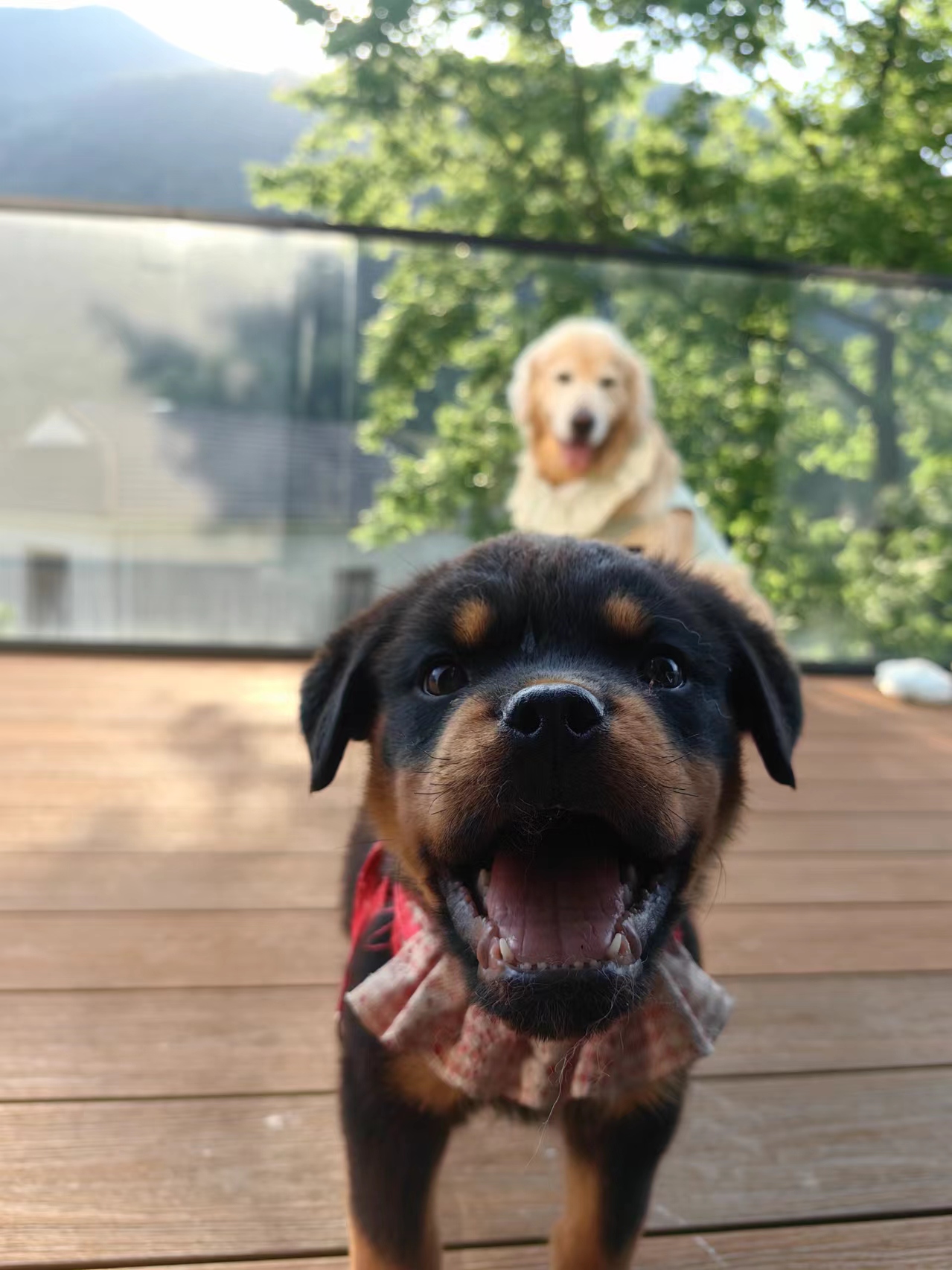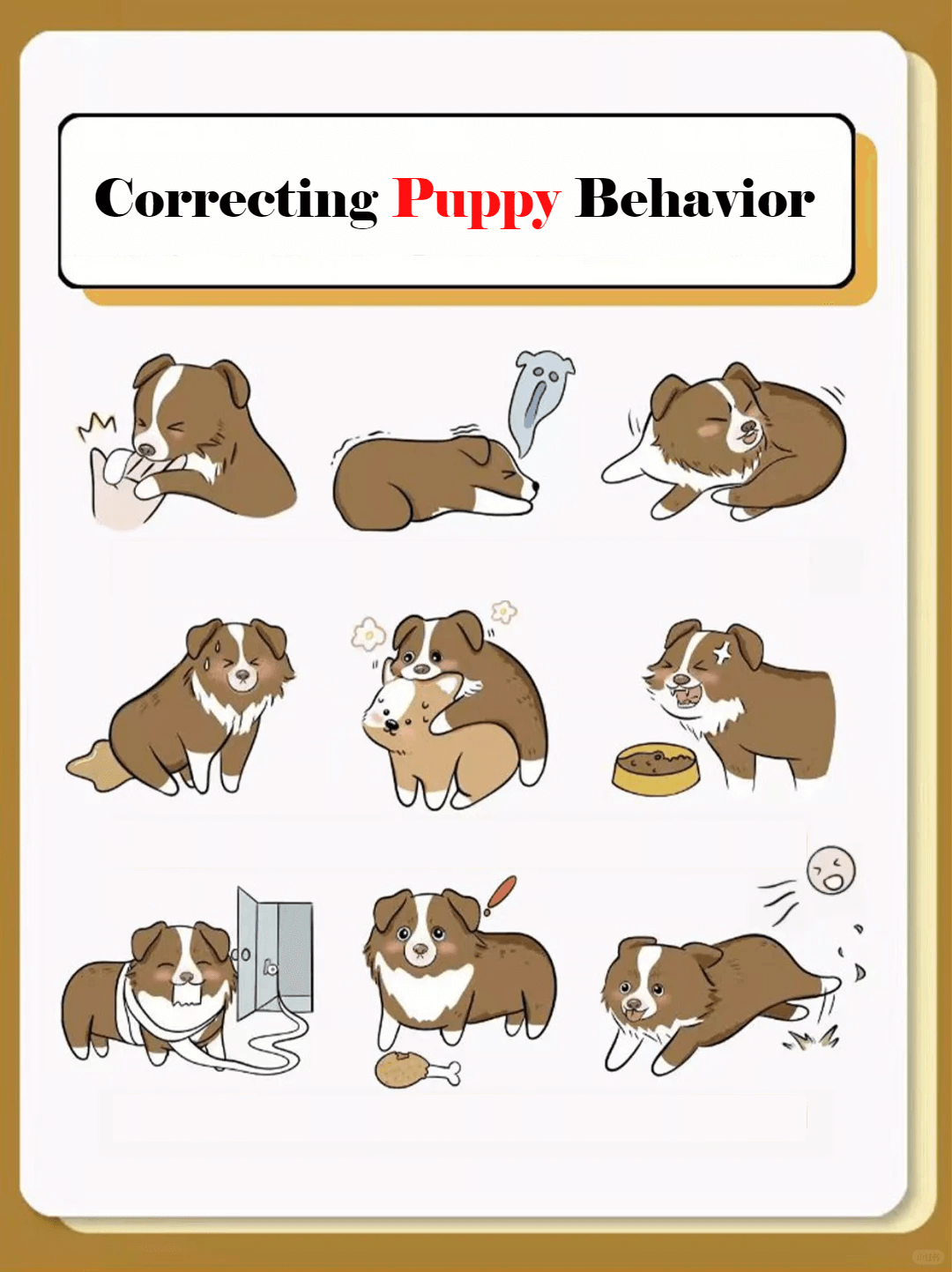As your dog ages, they will undergo various changes such as graying hair, reduced mobility, alterations in vision and hearing, and increased vulnerability to health issues. While certain changes may be more apparent than others, it's crucial to understand all the potential developments in your aging dog.
What changes can I expect in my senior dog?
1. Decreased Activity: Your dog becomes less energetic and active, moves more slowly, and gets tired easily during walks or play.
2. Changes in Fur: Their fur may become rough, lose its shine, and turn white or gray.
3. Sensory Decline: Hearing and vision might diminish, and they may respond less to sounds and their surroundings.
4. Increased Sleep: They need more sleep compared to when they were younger.
5. Joint Issues: Stiffness, pain, and abnormal walking posture may occur.
6. Dental Problems: Loose or missing teeth and bad breath.
7. Weight Changes: Weight may increase or decrease due to slower metabolism.
8. Memory Decline: Forgetfulness in training or daily habits.
How Can You Ensure the Safety and Health of Elderly Dogs?
🌟 Intentional Touch to Detect Changes: Regular purposeful touching can help discover bodily changes as older dogs are more prone to tumors.
Key Areas: Neck, underarms, limbs, around genitalia, breasts, and base of the tail.
The first time I felt a lymph node on my dog was on the back of her left hind leg, a small nodule. She had some eye inflammation, along with other signs of inflammation in her body. Plus, since she roams around in grass, I always check her and once found a tick! Never underestimate the power of your hands to detect changes early.
🌟 Observe Dog's Posture: Pay attention to postures like elimination, getting up, sitting, walking, and running. If there are bone problems, these daily activities will show clear signs.
🌟 Scientific Fasting Based on Dog’s Condition: Fasting can be simple, giving the body a break and the intestines some rest. I fast my dog once a month while ensuring she stays hydrated. For small dogs or those prone to low blood sugar, evaluate the safety of fasting based on your dog’s specific needs.
🌟 Include Mental Stimulation: Engage your dog in various games daily to stimulate their mind and continuously spark their passion for life.
🌟 Non-Slip Home Environment: Slip prevention is essential for dogs of all ages, starting from the day you bring them home, and it's especially crucial for older dogs.
Many of these shifts are completely normal parts of the aging process, but if you notice any concerning symptoms or sudden changes in your dog’s behavior, don’t hesitate to contact your veterinarian for further advice.




